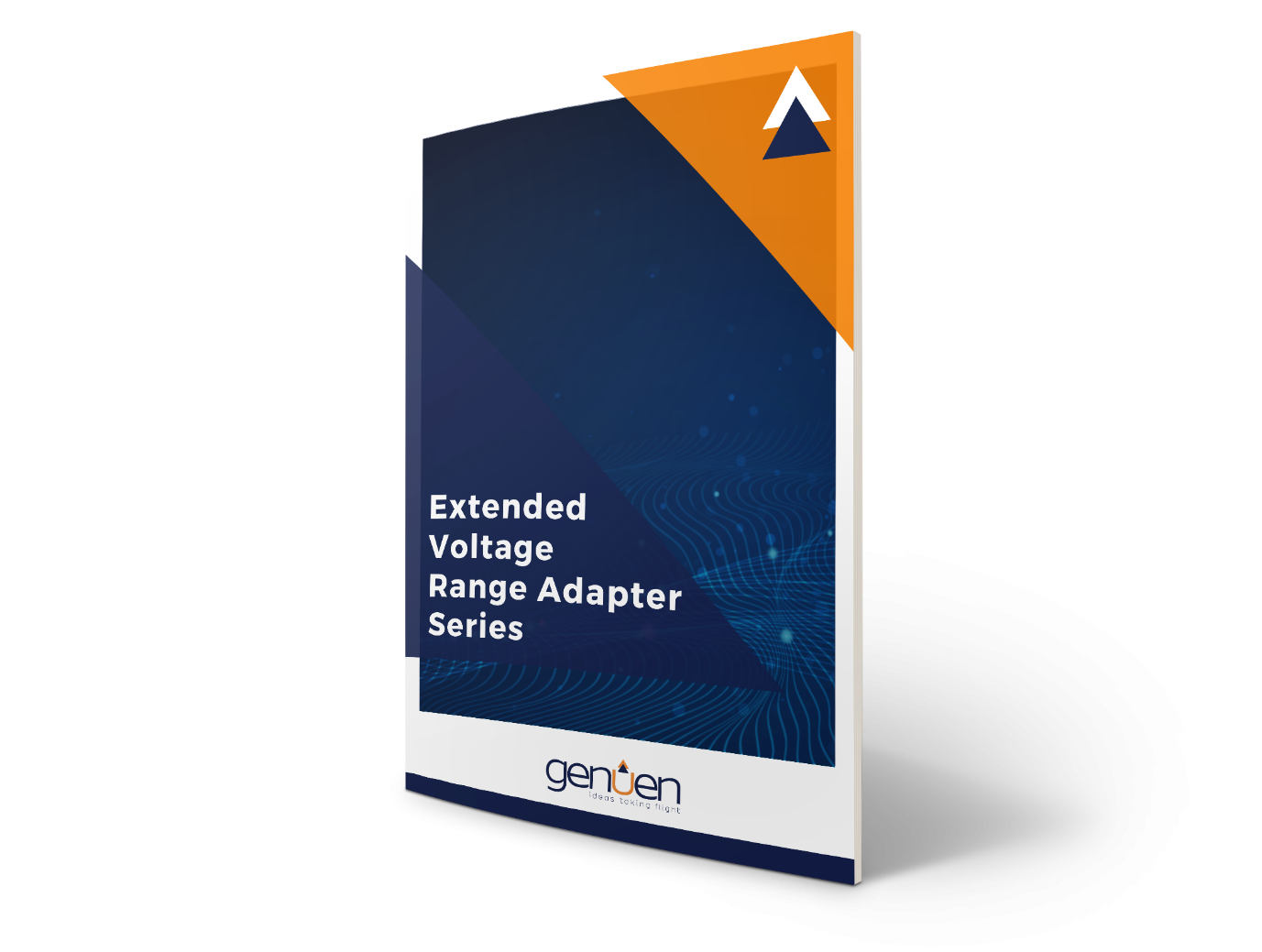Paradigm-Breaking Data Acquisition
High precision, Increased sample rate, Extended voltage range
EVRA Series (Extended Voltage Range Adapters)
Challenge: When selecting data acquisition hardware, test systems engineers optimize against three competing parameters: precision, sample rate, and voltage range. When [precision + sample rate] are important, we might reach for a DAQ card. Conversely, oscilloscopes provide [sample rate + voltage range] while DMMs supply [precision + voltage range].
In other words, of the three core measurement metrics, we could historically choose two.
Solution: Introducing the EVRA series, which offers 16-bit precision, 2 MS/s sample rate, and up to ±300 V range... across 8, differential channels with 0.1 % linearity. EVRA modules are attached as front ends to NI PXI FlexRIO cards, so channels can be synchronized across modules and custom programmed via the FlexRIO FPGA.
EVRA Product Features
The combined packages come pre-programmed with two different analysis solutions:
Edge Triggered Recording
Using a programmable trip level (up to 4 per channel) along with a programmable delay and a voltage reading. This is used to precisely characterize high voltage pulses that occur over a long period of time. Each event is time stamped with time and voltage level.
Windowing Triggered Recording
This method uses a programmable event window to trigger an event, then resets the event window (each event is time stamped). This is an easy way to characterize pulse patterns or step changes to a signal that may occur over long periods of time without continually recording the data.
Key Features
-
Supports up to ±300 V input voltage range
-
8 Channels of true differential signal input
-
Simultaneous 16-bit sampling up to 2 MS/s on each independently programmable channel
-
Integral linearity performance better than 0.1 % across full input range
Key Benefits
-
Can be used with LV-148 Testing
-
Smaller overall footprint for multi-channel testing
-
Allows for flexibility in sampling sets and amount of data captured
-
More accurate readings across the dynamic range
Platform
Since the platform is based on the FlexRIO FPGA, custom data algorithms may be programmed. FPGA benefits include performance, time to market, cost, reliability, and long-term maintenance. Taking advantage of hardware parallelism, FPGAs exceed the computing power of Digital Signal Processors (DSPs) by breaking the paradigm of sequential execution and accomplishing more per clock cycle. Controlling inputs and outputs (I/O) at the hardware level provides faster response times and specialized functionality to align with application requirements.






